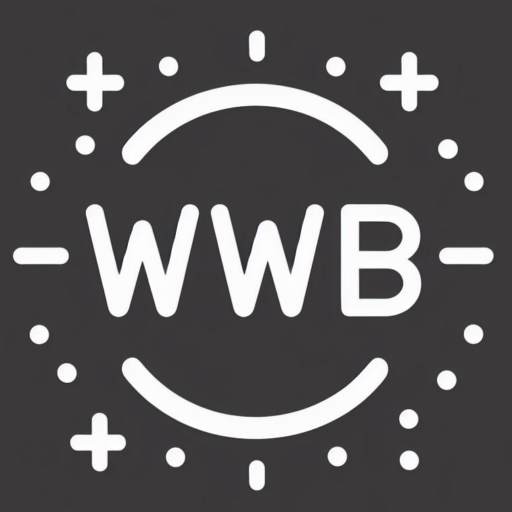Executive Summary
Transformation programmes represent significant investment and risk. This paper outlines how a structured health check process can safeguard transformation success and maximise the potential for return on investment. By implementing regular health checks, organisations can significantly improve their transformation outcomes and ensure sustainable change.
The Challenge
Organisations invest millions in transformation initiatives, yet research consistently shows that a significant percentage of programmes fail to achieve their objectives. These failures often stem from several critical areas of weakness. Strategic objectives frequently become disconnected from corporate goals, leading to misaligned initiatives that fail to deliver value. Stakeholder engagement often proves insufficient, resulting in resistance to change and poor adoption rates. Many organisations struggle with benefit realisation tracking, making it impossible to effectively demonstrate Return-on-Investment. Change management frequently receives inadequate attention, leading to implementation failures perceived at being at the ground level. Furthermore, resource allocation issues commonly arise, with critical skills gaps and capacity constraints undermining delivery capabilities.
The Solution: Transformation Health Check
A comprehensive health check provides an independent assessment of your transformation programme’s vitality and trajectory. This systematic review process identifies risks before they become issues and highlights opportunities for optimisation. By taking a holistic view of the transformation journey, health checks enable organisations to course-correct early and ensure investments deliver maximum value.
Key Assessment Areas
1. Strategic Alignment
The health check begins with a thorough examination of strategic alignment. This includes validating programme objectives against corporate strategy to ensure continued relevance and value delivery. Business cases are scrutinised for accuracy and ongoing relevance, with particular attention paid to underlying assumptions and market conditions. The benefit realisation tracking framework is evaluated to ensure robust measurement and reporting of outcomes, enabling data-driven decision-making throughout the transformation journey.
2. Delivery Framework
The delivery framework assessment examines the fundamental structures supporting transformation success. Governance structures are evaluated for effectiveness, ensuring clear decision-making pathways and appropriate oversight. Risk and issue management processes are analysed to verify their robustness and ability to identify and address challenges proactively. Resource allocation receives particular scrutiny, with careful attention paid to capability gaps and capacity constraints that could impede progress.
3. Change Management
Effective change management is instrumental to the success of transformations. The health check evaluates stakeholder engagement strategies, examining their effectiveness in building support and maintaining momentum. Communication strategies are reviewed to ensure messages resonate with different audience segments and drive desired behaviours. Adoption metrics receive careful analysis, with particular attention paid to resistance points and barriers to change that require addressing.
4. Technical Implementation
Technical implementation review ensures the transformation’s technical foundation remains solid. The assessment examines technical architecture decisions for scalability, sustainability, and alignment with business needs. Delivery methodology is evaluated to ensure it supports efficient and effective implementation while maintaining quality. Technical debt management strategies are reviewed to prevent future constraints on organisational agility.
Expected Outcomes
A well-executed health check delivers three primary categories of benefits to the organisation:
First, risk mitigation becomes substantially more effective through early identification of potential failure points. The health check provides clear remediation recommendations, enabling proactive intervention before issues impact delivery. This systematic approach to risk identification and management significantly reduces the probability of programme failure.
Second, organisations realise significant cost optimisation benefits. The health check identifies resource inefficiencies and opportunities for delivery approach optimisation. This leads to more effective resource utilisation and enhanced benefit realisation, improving the overall return on transformation investment.
Third, strategic benefits materialise through increased stakeholder confidence in the programme’s direction and outcomes. The health check ensures transformation outcomes remain closely aligned with organisational objectives, while improving organisational readiness for change implementation. While this is not a separate set of benefits, more alignment between stakeholders results in more likely success.
Implementation Approach
A health check involving Westward Brooks typically spans 4-6 weeks, following a structured methodology that ensures comprehensive coverage while maintaining efficiency. Initial data gathering and stakeholder interviews provide a broad perspective on the transformation’s current state. This is followed by detailed current state assessment and gap analysis, identifying areas requiring attention. The team then develops specific recommendations, including implementation approaches and expected outcomes. An executive presentation delivers key findings and recommendations, followed by collaborative action planning to ensure effective implementation of improvements.
Call to Action
Board members should consider implementing a transformation health check when certain warning signs become apparent. These indicators include unclear or unrealised programme benefits that raise questions about value delivery. Declining stakeholder confidence often signals underlying issues requiring attention. Slipping delivery timelines, especially repeatedly changing timelines, may indicate fundamental problems with planning or execution. Budget overruns can signal poor cost control or scope management. High levels of change resistance often indicate inadequate change management and stakeholder engagement.
A slightly odd indicator to look for is when all aspects are reported as going well. It is very rare that transformation programmes are full of green lights on a set of typical RAG (Red, Amber, Green) status reports. That is often a sign of status manipulation and generates its own reason for further investigation in the form of a health check. This need increases proportionate to the number of months before a delivery is expected.
Case Studies
Westward Brooks have been involved in a number of transformation health checks, including:
- Engaged on a £200m+ transformation programme in the health sector, identifying the issues with the programme and project management patterns and then suggesting a significant overhaul of the programme structure, dependency tracking and revised timescales to bring it back on track with more confidence in the delivery.
- Reviewed a £60m+ EPR programme in the professional services sector, noting issues with the programme approach, leaving exposed documentation that should have been present and poor stakeholder engagement. The overall recommendation was to reset the programme starting with the work already achieved, but with more realistic and co-produced deadlines.
- Advisory for £450m transformation programme in the health sector, noting many positives in the handling of the complexity, along with suggestions for improving programme governance and alterations to the design for data management.
Conclusion
A transformation health check represents a strategic investment in programme success. It provides board members with independent assurance and actionable insights to optimise their transformation journey. By implementing regular health checks, organisations can significantly improve their chances of transformation success and ensure their investments deliver maximum value. The structured approach to assessment and improvement enables organisations to maintain momentum while addressing challenges proactively, ultimately leading to more successful transformation outcomes.




Leave a Reply